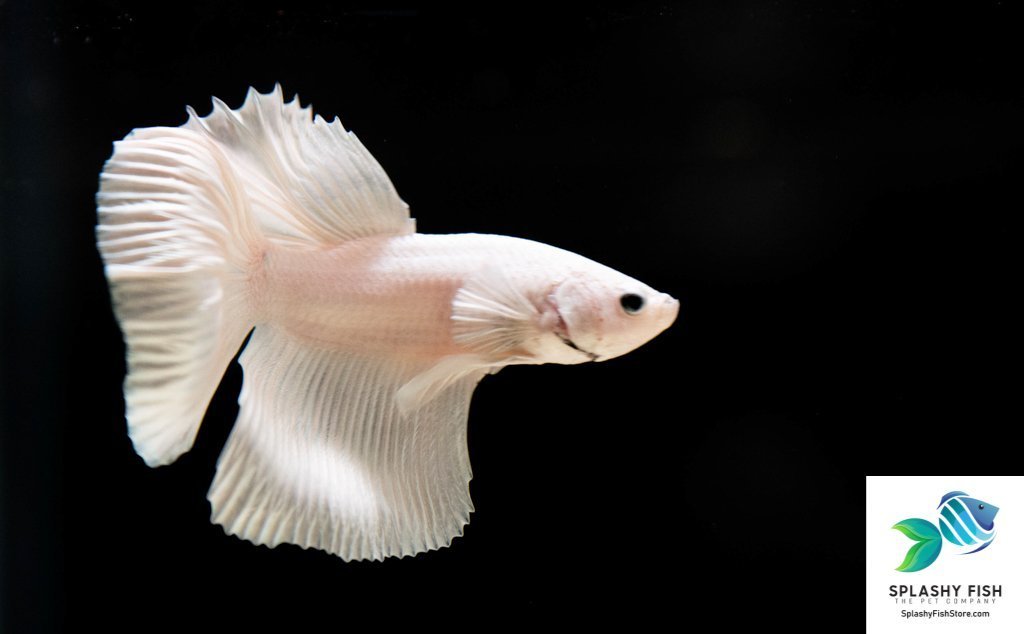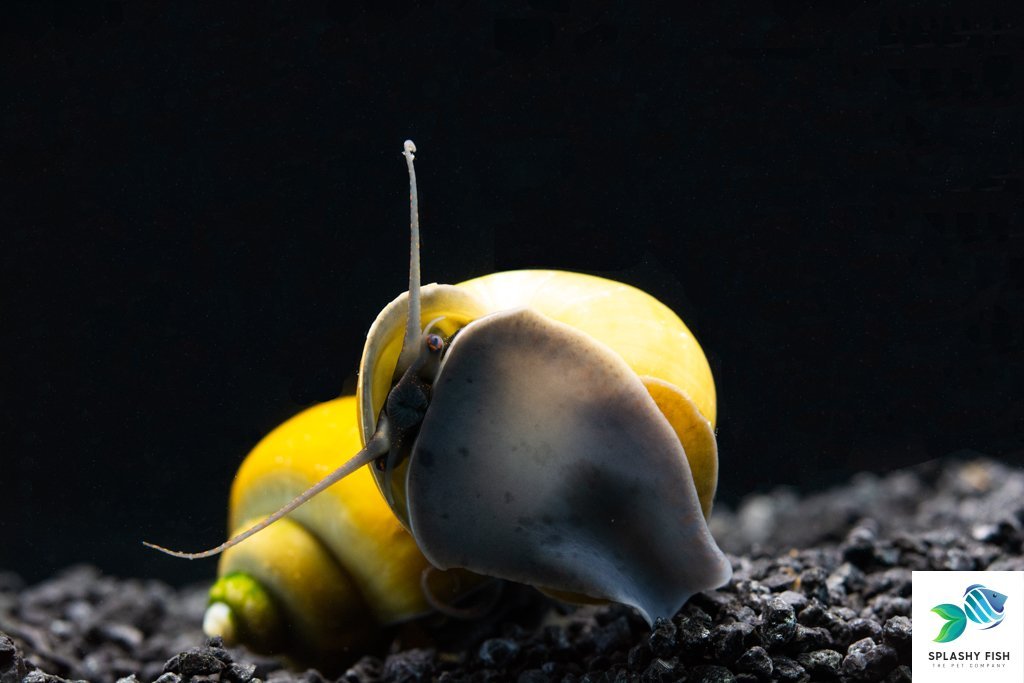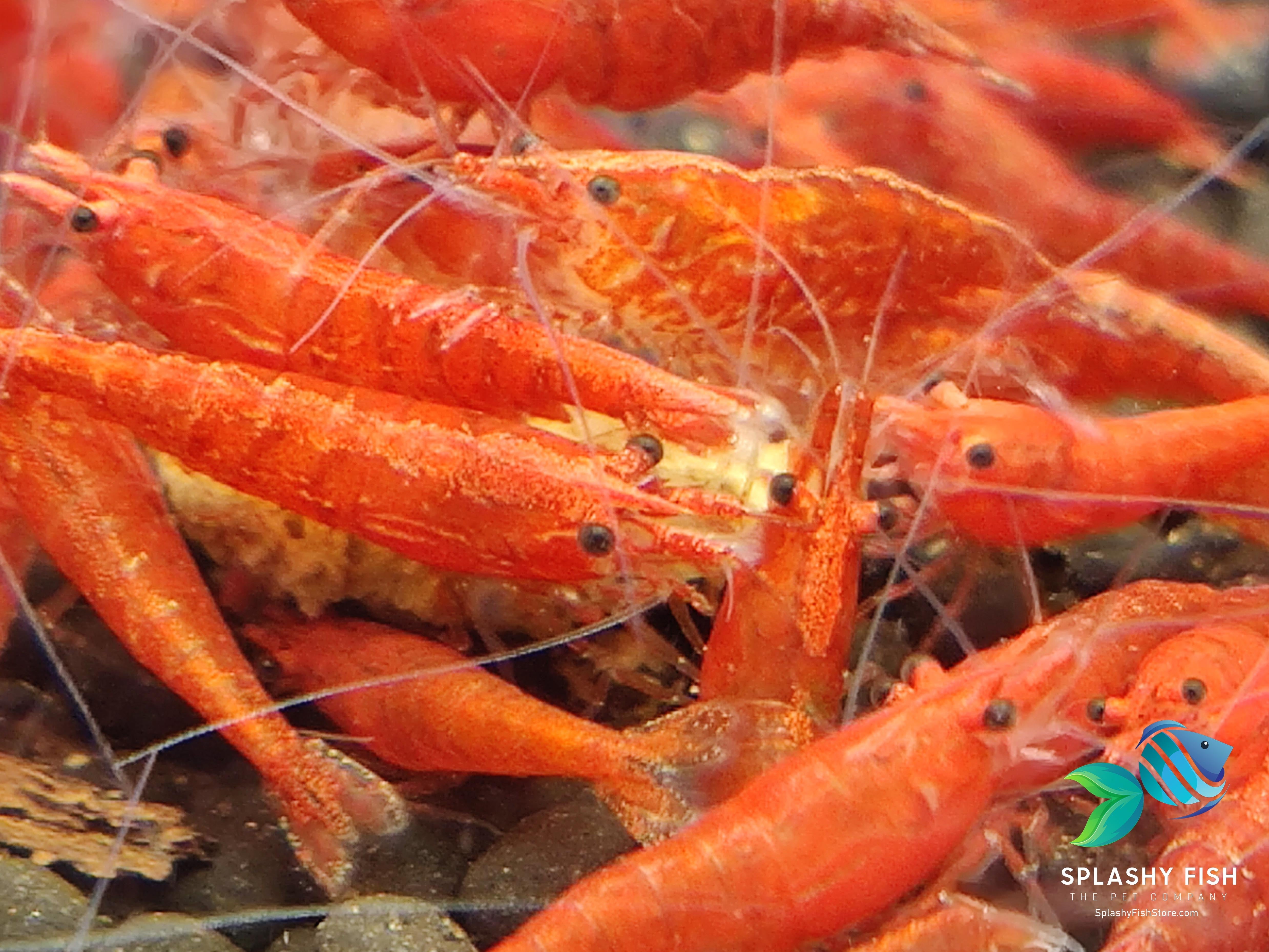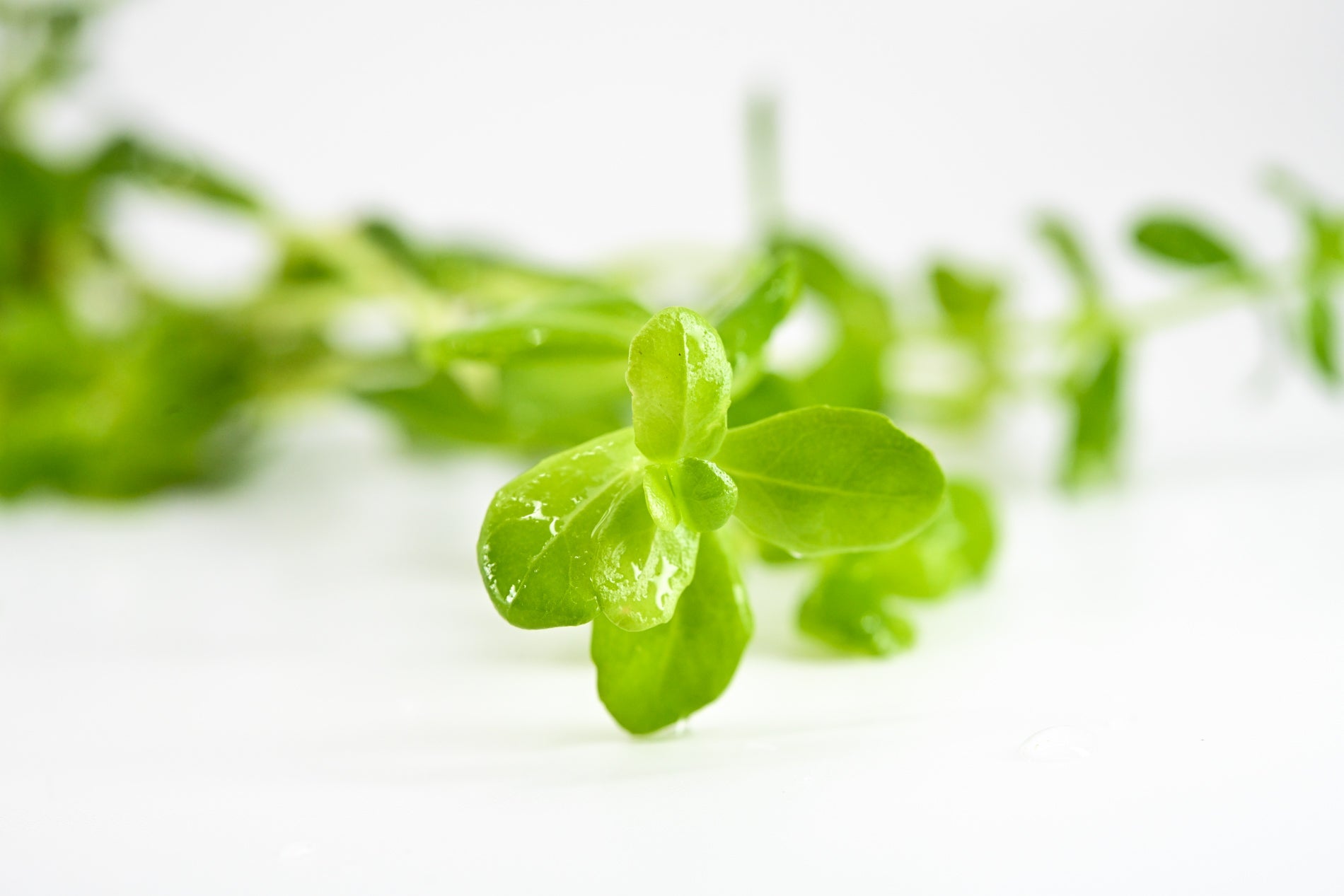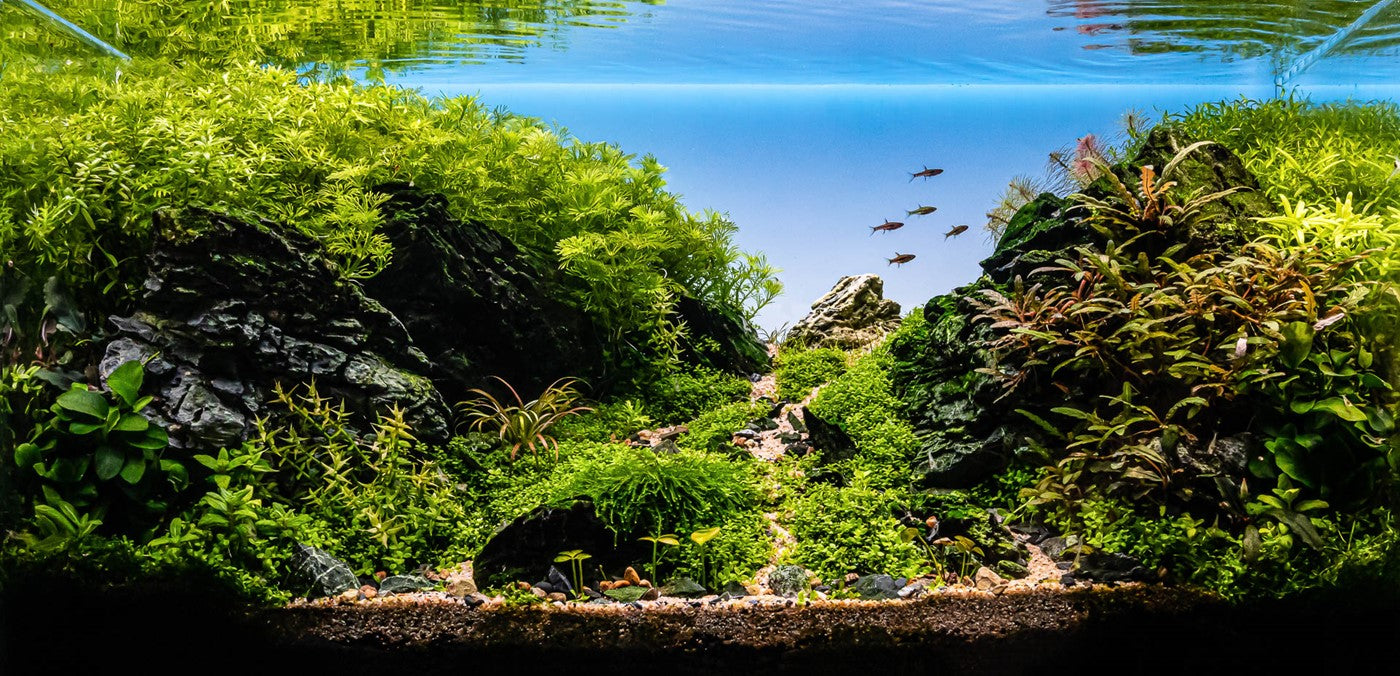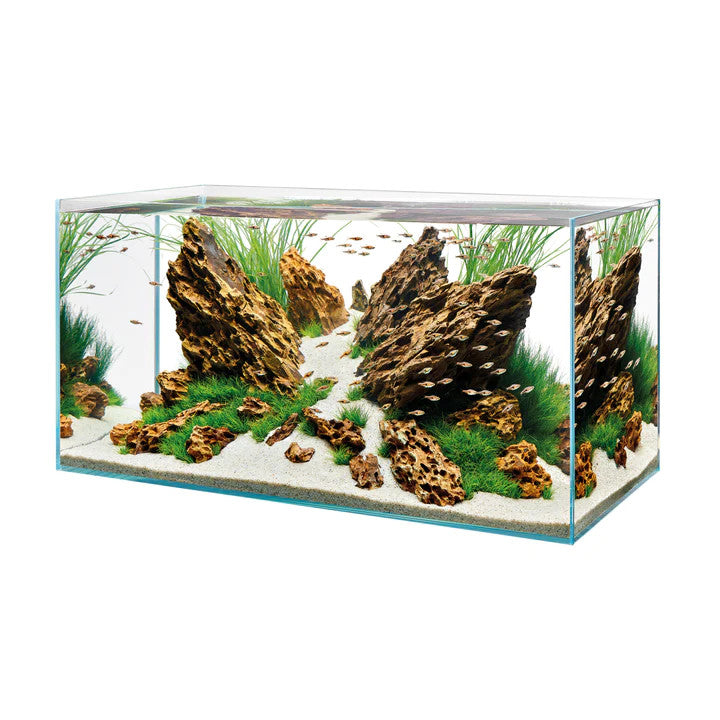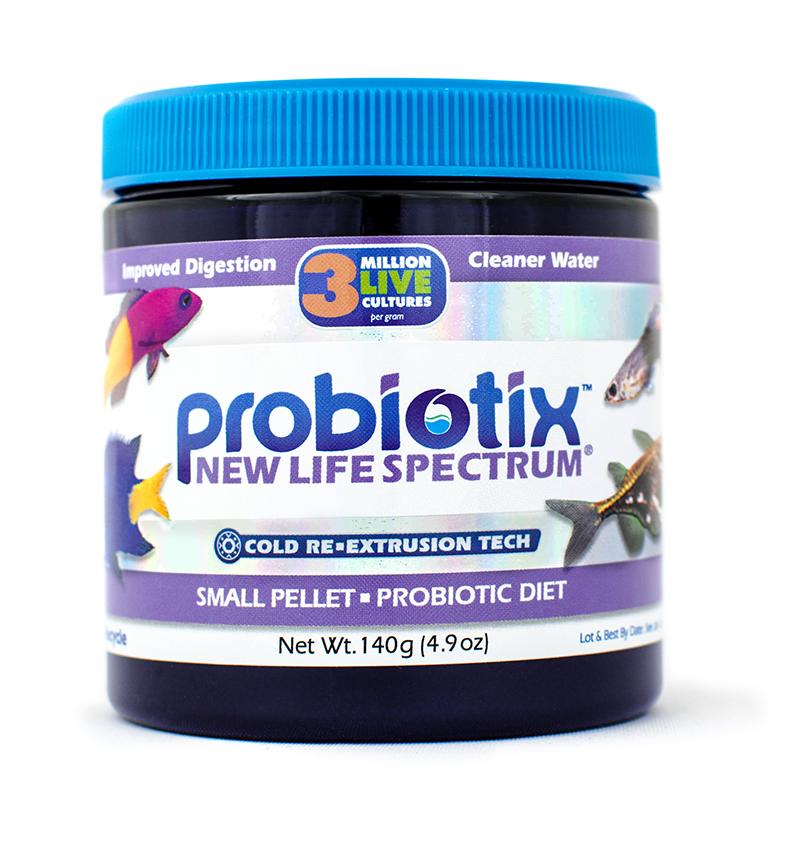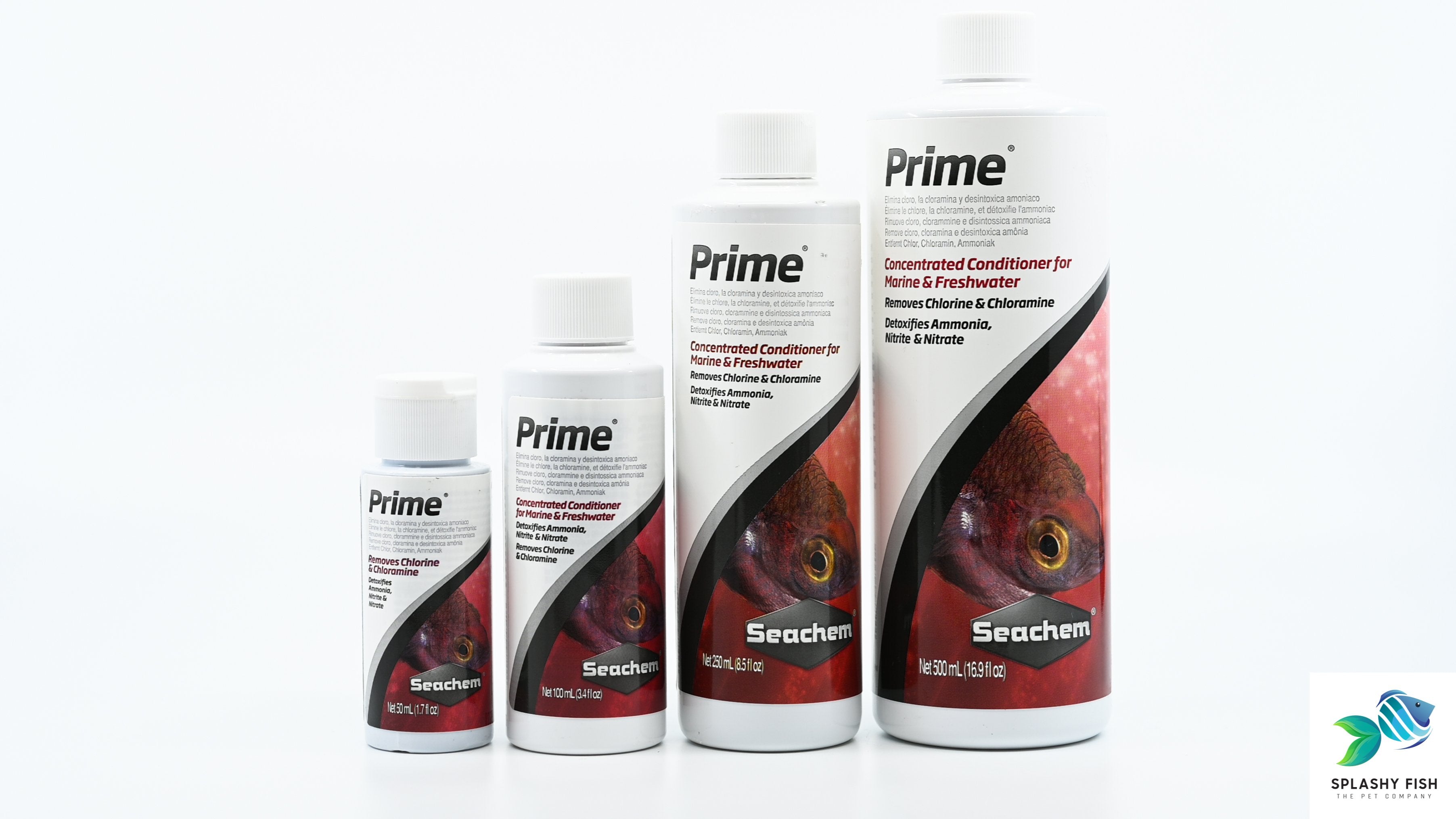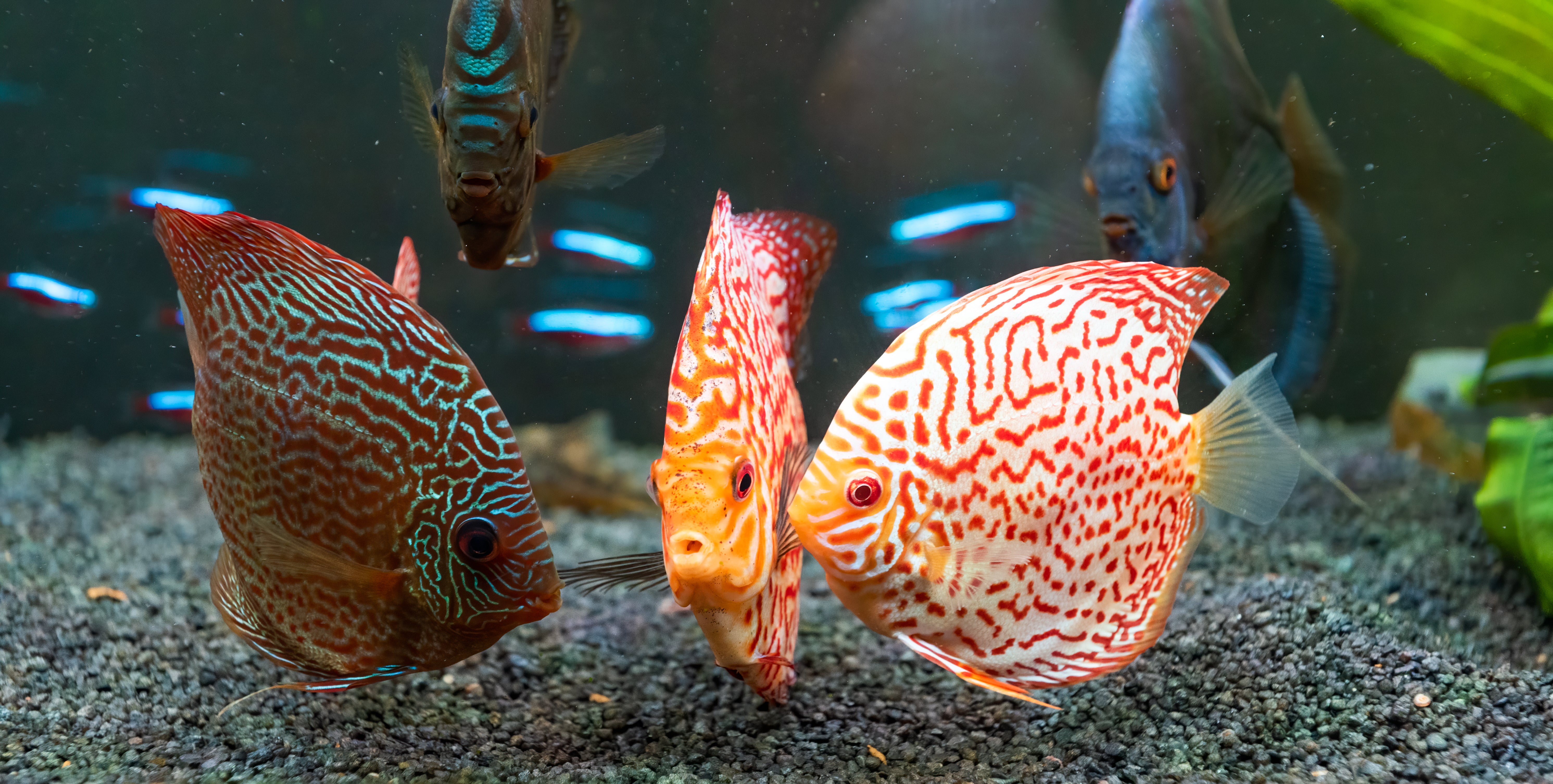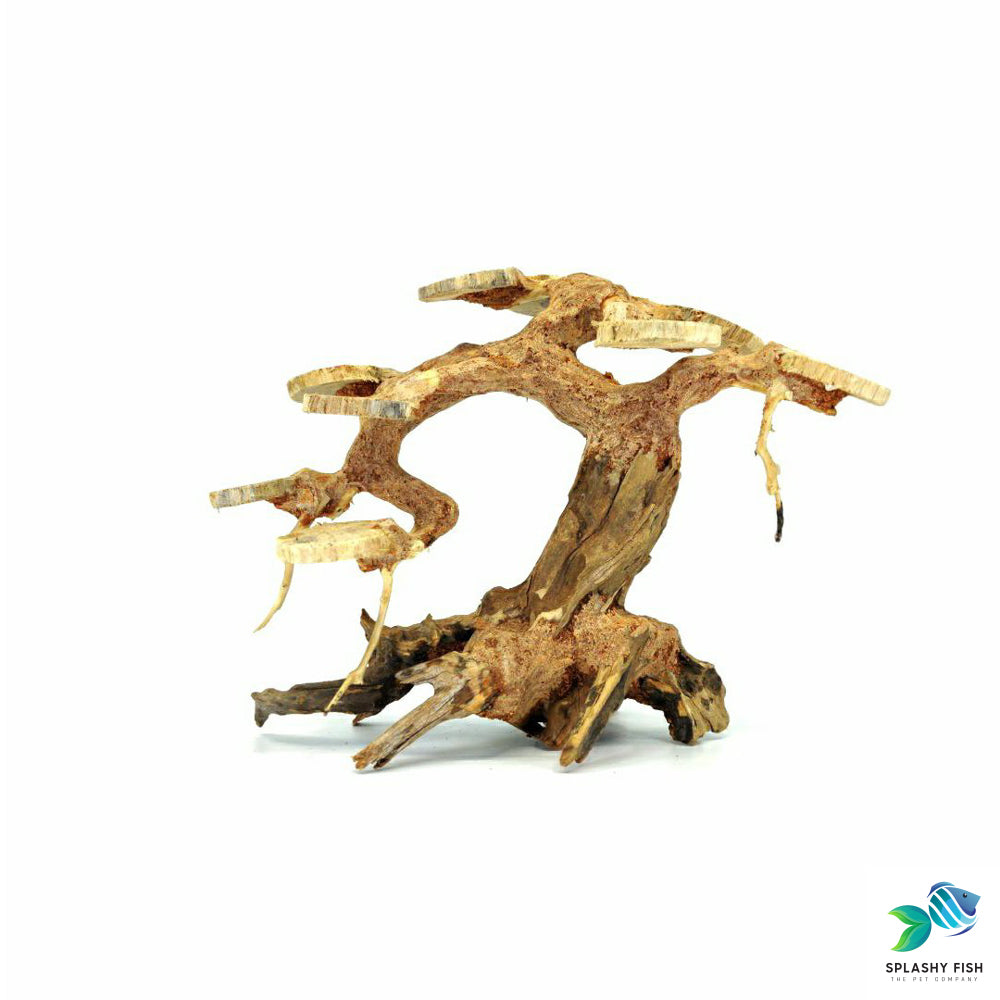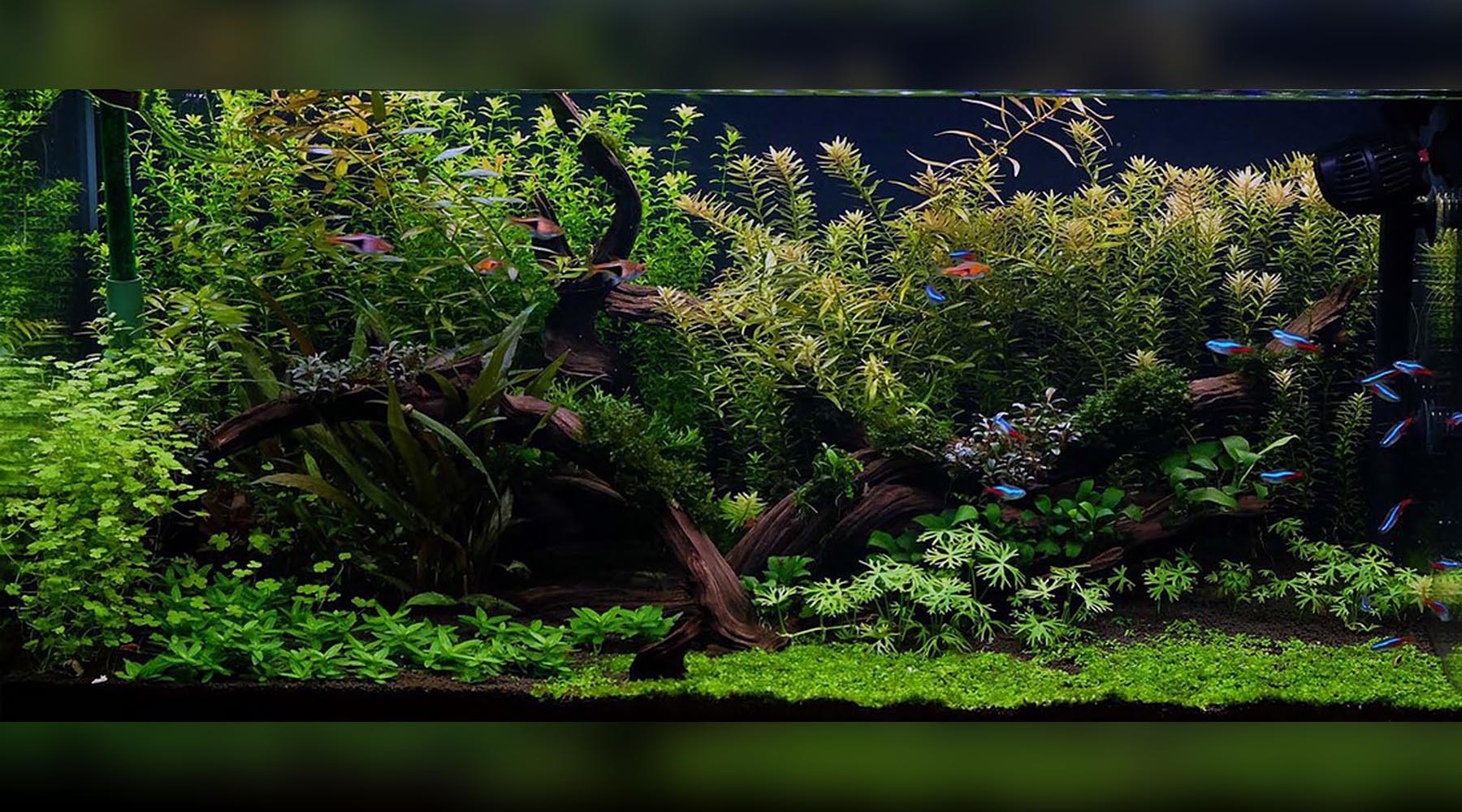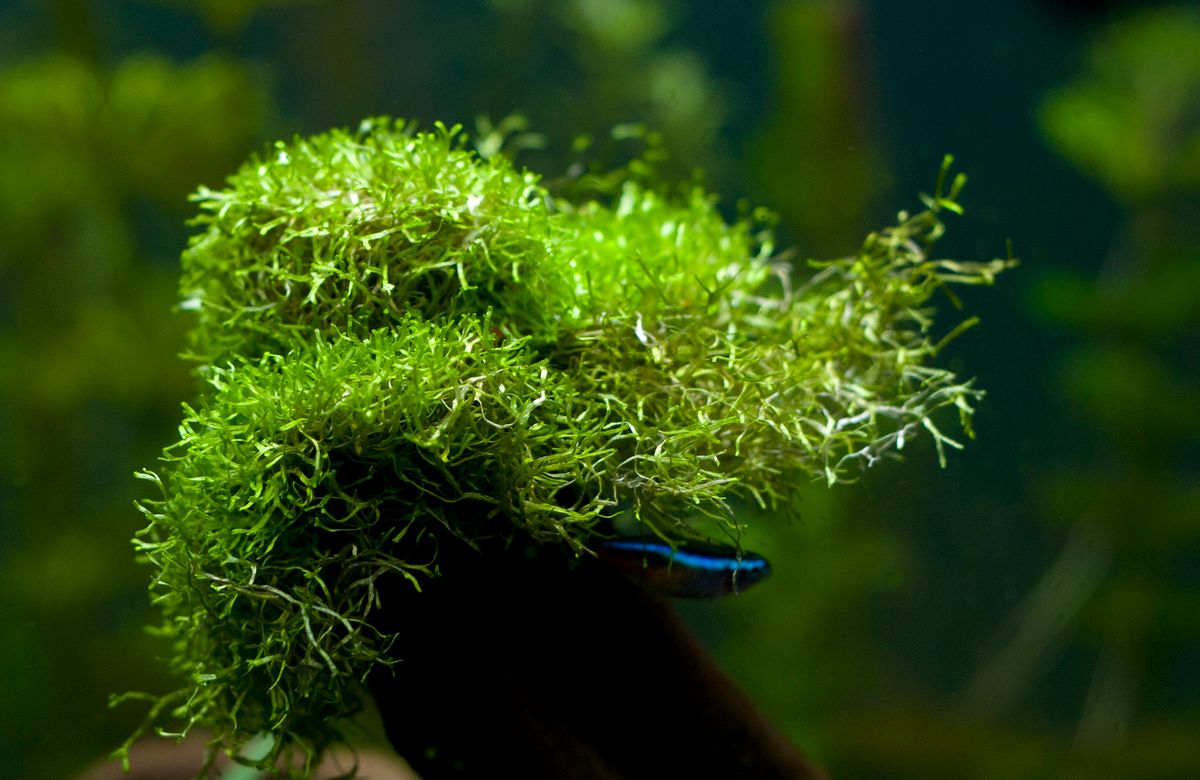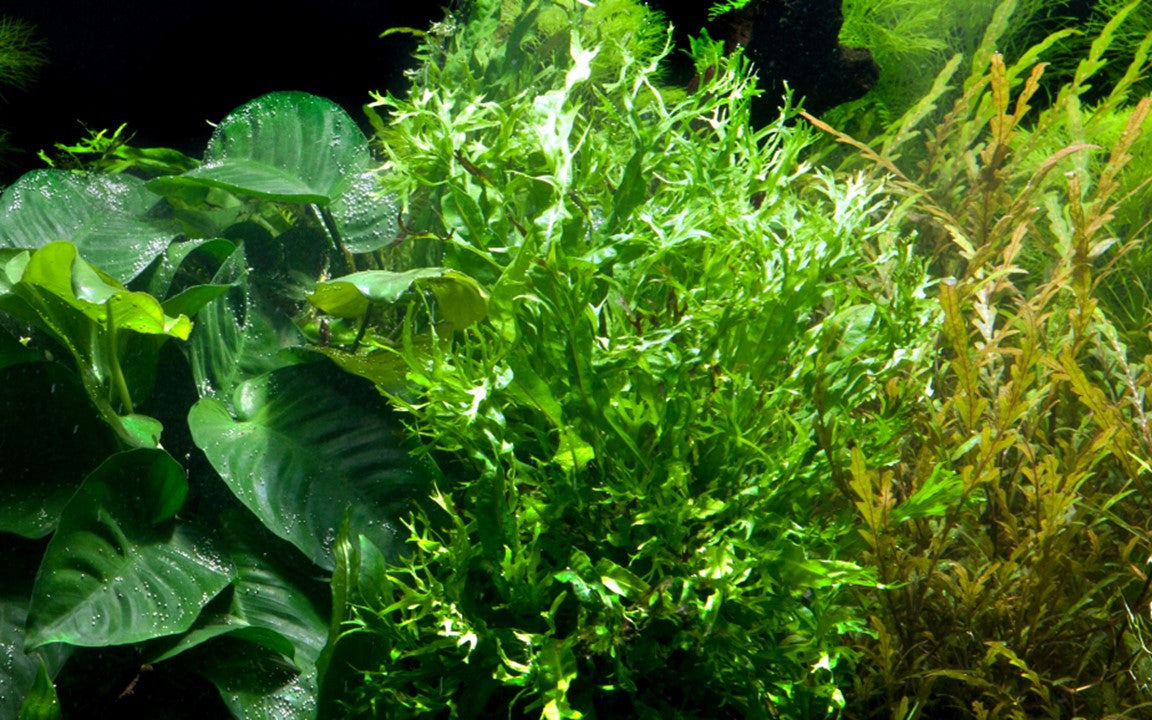CARE GUIDE FOR MOSS PLANTS
The Moss species has never lost its appeal to the aquarium community. Aquarists love it because of the pleasing effect moss plants create in their tanks. Fish and invertebrates love it because moss can provide a wonderful environment for them to forage, play around, and breed. Although moss is known for its hardiness and low-maintenance, the plants do have their own requirements to reach the optimal growth. In this article, we will discuss the key successful factors to nurture and cultivate such lovely lush green species.

The typical images of moss are dense green clumps or mats, often growing in moist and shady areas. If you take a closer look, you will find that they, in fact, are individual plants comprising simple leaves or branches of leaves that are attached to one thick stem. Such appearance is also found in aquarium mosses. The only difference may be about their living environment. Aquarium mosses, of course, live underwater.
Since mosses can benefit the tank community in many aspects, they are easily found and traded in the aquarium market. Visit any fish store and ask for any moss, the seller will happily take you round and introduce you to these incredible plants. Popular of all has to be java moss (Taxiphyllum barieri), then Christmas moss (Vesicularia montagnei), weeping moss (Vesicularia ferriei), flame moss (Taxiphyllum sp Flame moss), anchor moss (Vesicularia sp Anchor moss), and so many on.
Each moss attracts aquarists in its own way, yet planted together in a tank, they will display a spectacular effect. That somehow explains why moss plants are often used for aquascaping ideas. A small clump of java moss fixed on a branch of driftwood will soon expand all over the area, covering it with the distinctive green color which by time has faded and provides an aging look to the aquarium. Or, you can set a bunch of flame mosses in a corner of your tank, and let it grow up gradually, waving the fire-like leaves along the water flows. Either way can help your tank score the point.
Moss plants are also the great companion of shrimp and breeders. Therefore, if you plan to have a shrimp tank or breeding tank, moss plants could not be more perfect. The plant’s texture allows moss to create a wonderful space for shrimp to dwell in, also safe shelters for breeders to lay their frys/ eggs there.

Nonetheless, the reason that makes moss plants so popular is the resilience of the species. Such feature earns Moss the title of ‘easy-to-care-for plants for beginners.’ So, how easy are they?
How to care for moss plants?
Mosses will survive and thrive if they are provided with proper conditions. Of all, you must ensure the three important factors:
- Water is clean and water parameters are stable.
- Cooler temperatures and shady living environment are maintained
- Algae growth is kept under control.
Water and water parameters
It is sure that each type of moss suits a specific range of parameters. Despite that, the species can adapt to a wide range of water conditions so long as such conditions are stable. Moss grows in freshwater. The plants enjoy the fairly soft water with pH levels tending to be more acidic. If you aim at an aquarium of various mosses, you can set the water hardness of around 6-15 and pH indicator between 5.0 to 7.5. Water current is another factor that could not be ignored. Moss is unable to endure strong flows but it does appreciate slow to moderate water movements.
Temperature and lighting system
Most moss plants prefer cool water and low to moderate lighting conditions. The preferable temperature range normally falls between 66° to 78°F (about 18° - 25°C). Light could be monitored from low to high mode; however, remember that high lighting conditions will lead to the increase of algae which is considered harmful to moss species. On another note, moss will ask for the supplement of CO2 and fertilizers which is normally unnecessary under the low to moderate lighting conditions.
Algae problem
Algae is always a problem to any moss-growing aquarists. It bursts out mainly because of poor water quality and high lighting exposure for a long period. Algae is quite tough to handle as the moss’s texture is relatively fragile, which makes the removal of algae highly likely damages the moss. Further, algae’s growth rate is incredibly fast and easily out-competes moss plants in just a few days. Hence, once you spot the problem, you must respond quickly.
- First and most importantly, trim off the algae-infested parts to allow the healthy portions to regrow.
- Second, adjust the light to low or moderate mode.
- Also, perform the water changes regularly to filter the water.
- Keep some algae-eaters, such as shrimp, Siamese Algae Eater, Otocinclus Catfish to stimulate the removal process.
- Allow adequate water circulation to pull out the debris and leftover food.
- Supplement CO2 to boost the growth rate of moss so it can compete with algae bloom.
In case of worser scenarios, you have to isolate all of the infested and treat them with medicine.
Algae will never disappear so long as its favorable environments still exist (high lights exposure and poor water quality). This means keeping track of the crucial indicators to ensure they are well-monitored is a good and only way to put an end to the algae triggers.
Trimming
Trimming is needed for the vibrant growth of moss plants. It helps the bottom layers reach sufficient nutrients and promotes the horizontal extension of the plants. Further, trimming allows mosses to stay in the shape you wished for, the very important issue to aquascapers as their main purposes when growing the species are aesthetics.
Trimming mosses is easy. Just cut the pieces that you want to remove and don’t let them fall into other areas of the tank. Or else, such pieces can re-establish and regrow into new patches of moss in a short time. You can use a siphon or dense net to hold the cuttings from falling out.
Because moss is quite easy to grow and flourish from just small pieces, many aquarists take it as an advantage for the propagation process. They use the cuttings and attach them to other zones they want to create the desired aquascapes. Either using glue or fishing lines could fix the cuttings and allow them to establish.
Moss itself is not a big species and the aquarium hobbyists could freely adjust moss’s size to meet up their uses. If you have a large tank decorated with driftwood and hardscapes, you can use the grace of mosses to soften any harsh features. If you just have a standard aquarium (a 10-gallon tank is considered appropriate for growing moss), you can consider it a foreground plant as its height allows other live aquatic plants to be visualized.
At Splashy Fish Store, we supply a wide range of moss plants which come from reliable sources. We further guarantee that all of our moss plants will go through the quarantine process for a period of 14-day before sale. We care about the quality and strive to provide you the best we can. Visit our store to find what surprise is waiting for you.


